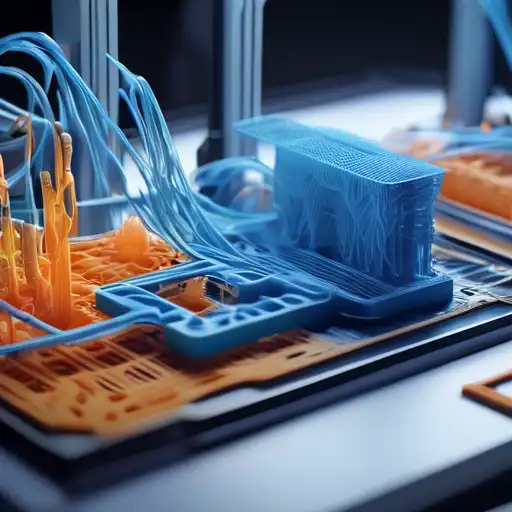Revolutionizing Manufacturing: The Power of 3D Printing Technology
3D printing, also known as additive manufacturing, is transforming the way we create objects, from simple household items to complex industrial components. This groundbreaking technology builds objects layer by layer, offering unparalleled flexibility in design and production. In this article, we explore how 3D printing is shaping the future of manufacturing, design, and beyond.
Understanding 3D Printing
At its core, 3D printing involves creating three-dimensional objects from a digital file. The process starts with designing a model using computer-aided design (CAD) software. The printer then reads the design and deposits material, layer by layer, until the object is fully formed. This method allows for the production of complex shapes and structures that would be difficult or impossible to achieve with traditional manufacturing techniques.
The Benefits of 3D Printing
3D printing offers numerous advantages over conventional manufacturing methods. These include:
- Customization: Products can be easily customized to meet individual needs without significant additional costs.
- Speed: Prototypes can be produced rapidly, accelerating the development process.
- Waste Reduction: Additive manufacturing uses only the material needed, minimizing waste.
- Complexity: The ability to create complex geometries opens up new possibilities in design and engineering.
Applications of 3D Printing
3D printing is being utilized across a wide range of industries, including:
- Healthcare: Custom prosthetics, dental implants, and even bioprinting of tissues and organs.
- Aerospace: Lightweight components for aircraft and spacecraft, reducing fuel consumption.
- Automotive: Custom parts and prototypes, speeding up the design and testing phases.
- Fashion: Unique, customizable clothing and accessories.
The Future of 3D Printing
As 3D printing technology continues to evolve, its potential applications are boundless. Researchers are exploring the use of new materials, such as conductive inks and living cells, to further expand the capabilities of 3D printing. With advancements in speed, precision, and material diversity, 3D printing is set to revolutionize industries and redefine what is possible in manufacturing and design.
For those interested in exploring the world of 3D printing further, consider checking out our guide on Getting Started with 3D Printing. Whether you're a hobbyist or a professional, the possibilities are endless.
3D printing is not just a tool for creating objects; it's a gateway to innovation, enabling us to imagine and build the future layer by layer. As we continue to push the boundaries of this technology, we can expect to see even more remarkable applications that will change the way we live, work, and play.
